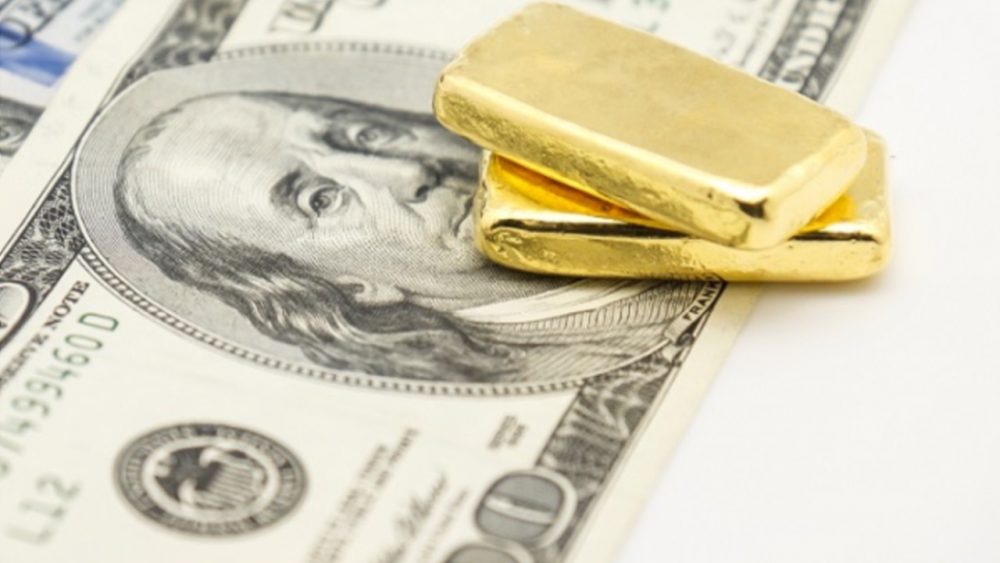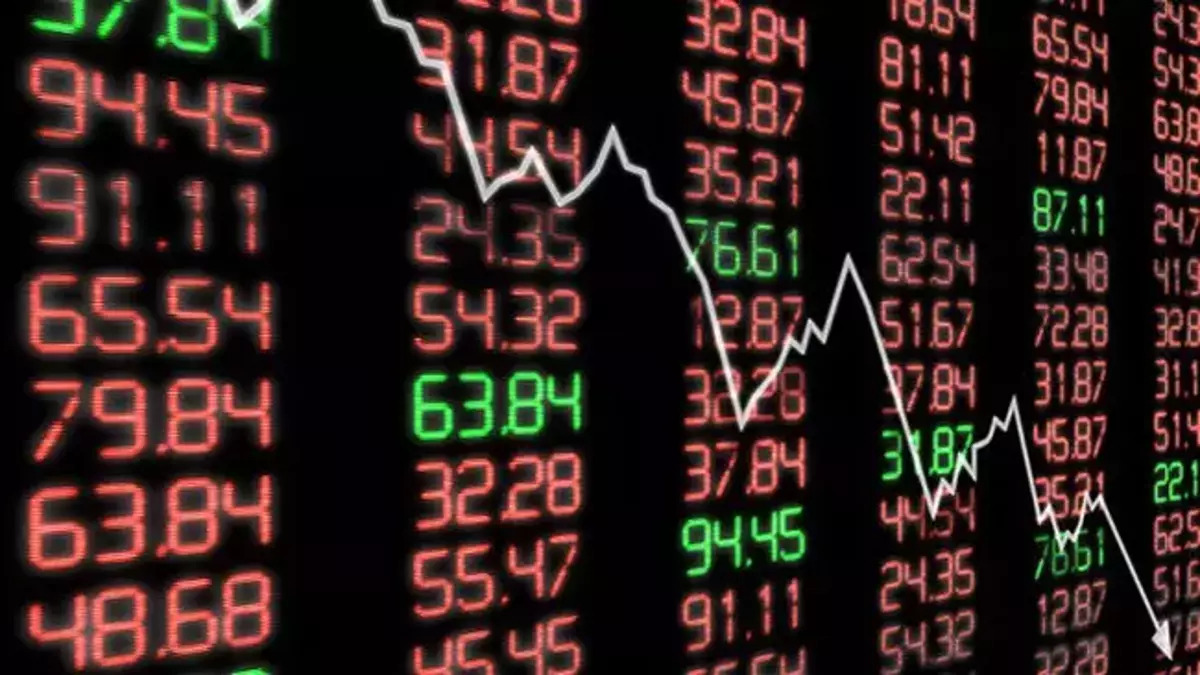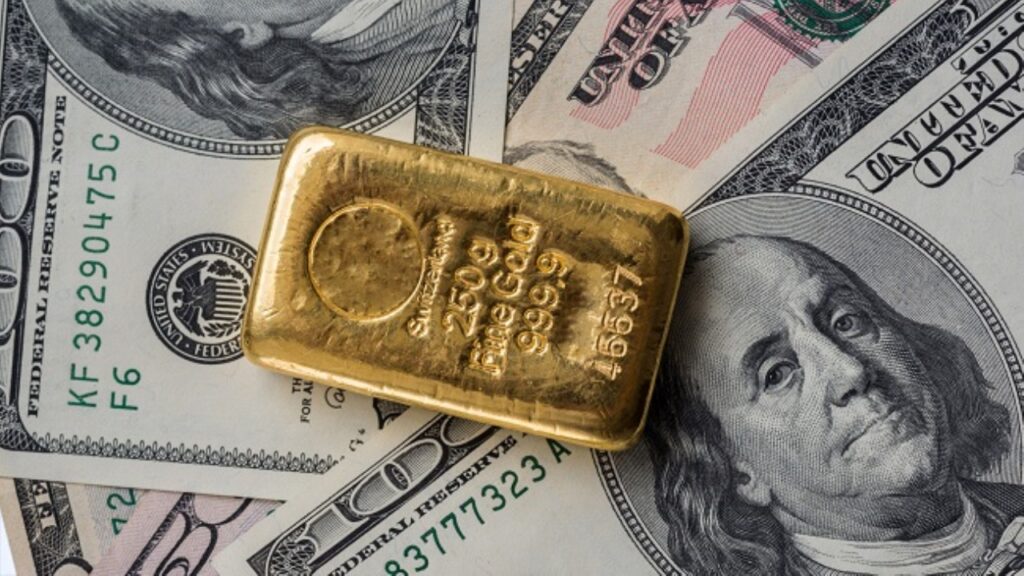The high-stakes stalemate of raising the US debt ceiling is mounting further political drama. But what does all this mean for gold?
“It can trigger an economic and financial disaster!”
The turbulent issue is often described as ‘political theatre’, with limited influence on many assets, including gold. However, as the issue becomes more important as the parties fail to reach a bipartisan agreement to raise the country’s actual credit limit on time, the unthinkable scenario of US debt default begins to weigh on the markets. The US reached its $31.4 trillion borrowing limit at the end of January, and the US Treasury began taking ‘extraordinary measures’, including suspending investments in certain government accounts, to pay all the country’s bills.
If the debt ceiling isn’t raised by June, the federal government may run out of money. That’s why phone calls between US President Joe Biden, Secretary of the Treasury Janet Yellen, and Federal Reserve Chairman Jerome Powell are getting even more desperate. On Monday, Yellen again urged Congress to raise the US debt limit, saying failure to do so would trigger “an economic and financial disaster.”

cryptocoin.com As you follow on Tuesday, Powell said on Tuesday that unless the debt ceiling is raised in time, investors shouldn’t rely on the Fed to protect the US economy. The Fed Chairman also dismissed the trillion-dollar coin idea, emphasizing that there was only one way to deal with the problem: “Congress will raise the debt ceiling in time. This is what should happen. If not, no one would think the Fed could protect the US economy.”
What do Republicans in Congress want?
In his State of the Union speech on Tuesday, Joe Biden also called for unity among Republicans to raise the debt ceiling. “Some of my Republican friends want to take the economy hostage if I don’t accept their economic plan,” he said in this context. In an early attempt to address the issue, Republican Speaker of the U.S. House of Representatives Kevin McCarthy and President Joe Biden met last week. However, the tension continued when the two decided to meet again. Republicans in Congress have signaled they want to cut federal spending in exchange for raising the limit.
Analysts warn that the path to a higher debt ceiling could be volatile. Ray Farris, chief economist at Credit Suisse, said Republican ‘Freedom Group’ lawmakers are asking for spending concessions and these will likely be the main hurdle. “A resolution is unlikely anytime soon,” Farris wrote in a note. There are conditions that will make the journey to the debt ceiling difficult and increasingly stressful for the markets… Markets have begun to price the default risk. But it may need to price out more,” he said.
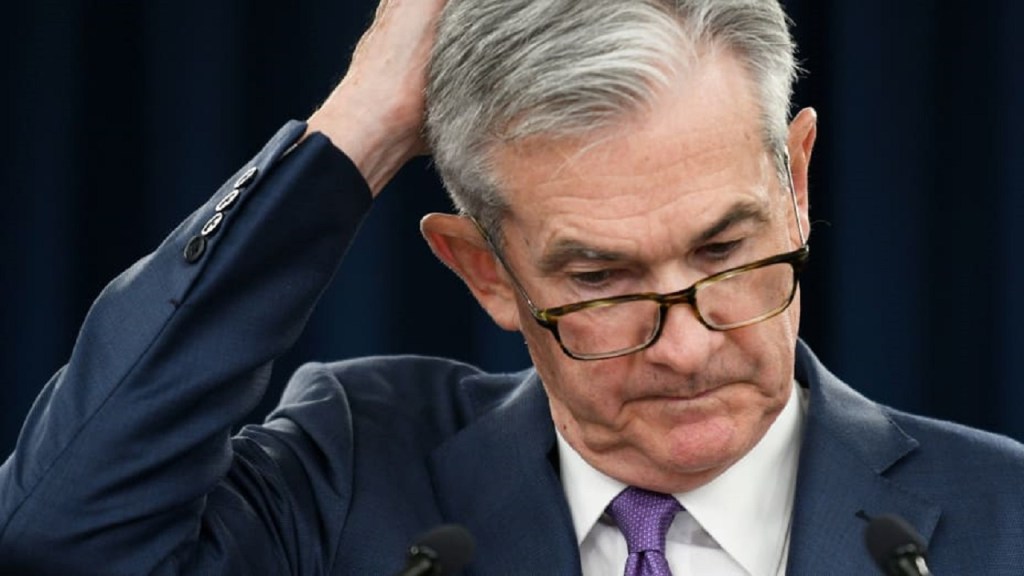
What happened in 2011?
The last time the debt ceiling debate hit the markets significantly was in August 2011, Republicans and Democrats couldn’t agree and raised the limit a few hours before the deadline. As a result, risky assets reacted negatively as US dollars sold, stocks fell and credit spreads widened. In addition, Standard & Poor’s downgraded the US long-term credit rating from AAA to AA+.
A similar scenario is not ruled out this time either, as negotiations to raise the debt ceiling have only just begun. As politicians battle it out, analysts expect market volatility to increase, especially as the deadline approaches June. JPMorgan makes the following assessment:
The impact could be disastrous economically and devastating for investors. If history is a guide, we expect policymakers to eventually find a compromise and its impact to be short-lived.
How will the developments affect the gold price?
When trying to analyze the impact on gold, it’s helpful to look at how the precious metal performed up until August 2011 and what followed. Gold climbed in August and September 2011, surpassing $1,900 for the first time and reaching a record high of $1,910. However, the eventual resolution of the debt ceiling marked a peak for gold. The next time the precious metal was able to exceed $1,900 was in July 2020.
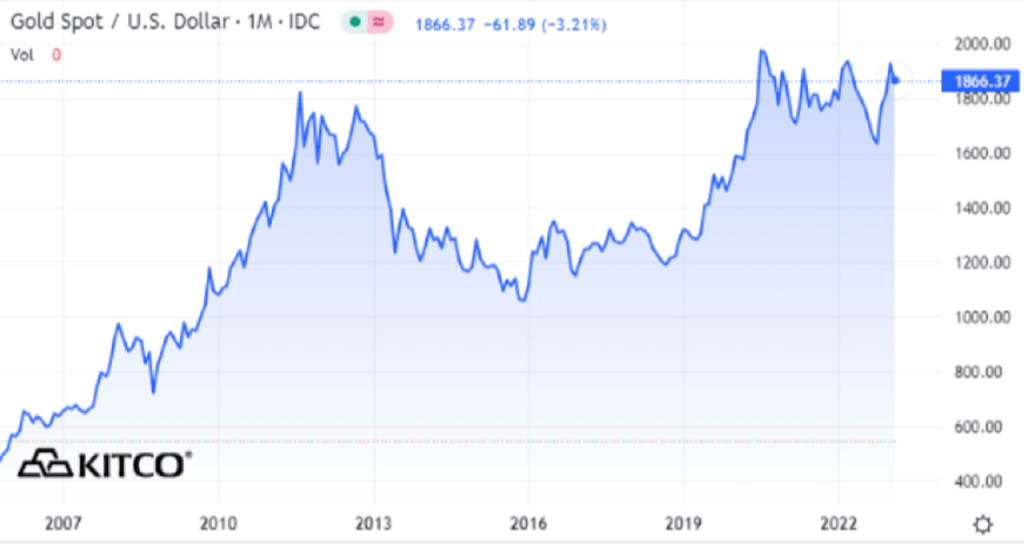
According to Michael Boutros, senior technical strategist at Forex.com, a similar pattern is possible this time around, with gold rising closer to June and then when the debt ceiling is raised, prices will peak at least in the short term. The strategist explains:
In the scenario that our credit rating drops or we go into default or something that extreme, gold will be in demand. But when the boom happens and you come to a solution, you should be on the lookout for a bigger sale underneath. A quick liquidation is possible in some of these longs. From a timing perspective, the debt ceiling solution may actually be a near-term peak that could hold the price for a while.
“Buy the rumors, sell the truth” for gold
Walsh Trading co-director Sean Lusk says the lessons learned from 2011 can be ‘buy the rumors, sell the truth’. Lusk explains his views as follows:
Whenever you printed more of something of less value, you did so in the dollar, and given the uncertainties of those years, an ounce of gold rose above $1,900 before it started falling again. I look at 2011 prices and gold rose in the first half of the year and then went down.
Lusk adds that interest rate cuts and the decline in the US dollar also accompanied the 2011 rally of gold.

“Gold will consolidate before next rise”
From a short-term perspective, Michael Boutros says gold will likely see more consolidation before its next big rise. In this regard, he shares the following comment:
If we take it in line with the price action we saw in 2011, there are some similarities in the nature of the breakout. But even if we reflect this parallel in price, there will be a consolidation of a few weeks to a few months before the next move. One of the main levels I’m looking for is $1,807. This should hold support for the next few weeks. If we can hold on to it and balance it, we can look higher to the side.
“Gold has always been a safe way to store wealth”
Gold is one of the assets JPMorgan recommends to be held during this period. The potential for an era of erratic debt ceilings adds another stimulus for global investors to rebalance US excess weights across asset classes. “Consider currencies and precious metals like Japanese yen, Swiss franc and gold,” JPMorgan said in a report last month. Everett Millman, precious metals specialist at Gainesville Coins, comments:
Gold is the asset many turn to in these unstable times as it is outside of the system. Whenever government spending comes up, it makes gold more attractive. Because he is a neutral being. It is not subject to government policy in terms of increase or decrease in the value of the US dollar.

At the end of the day, the impact on gold will be temporary, given that the debt ceiling problem is mostly theatrical and grandstand related. Everett Millman continues his assessment as follows:
They always raise the debt ceiling in the end. But the 2011 case is an interesting parallel because when there are fears that the financial system is on shaky ground, the debt ceiling may go from being an issue to something that scares people more about the stability of the government and the stability of the financial system. And gold has always been a safe way to store wealth. It’s a sensible alternative to having to rely on the government to run the financial system. I wouldn’t be surprised if this has attracted a little more interest in gold from traders and investors who are perhaps not paying attention to precious metals.

